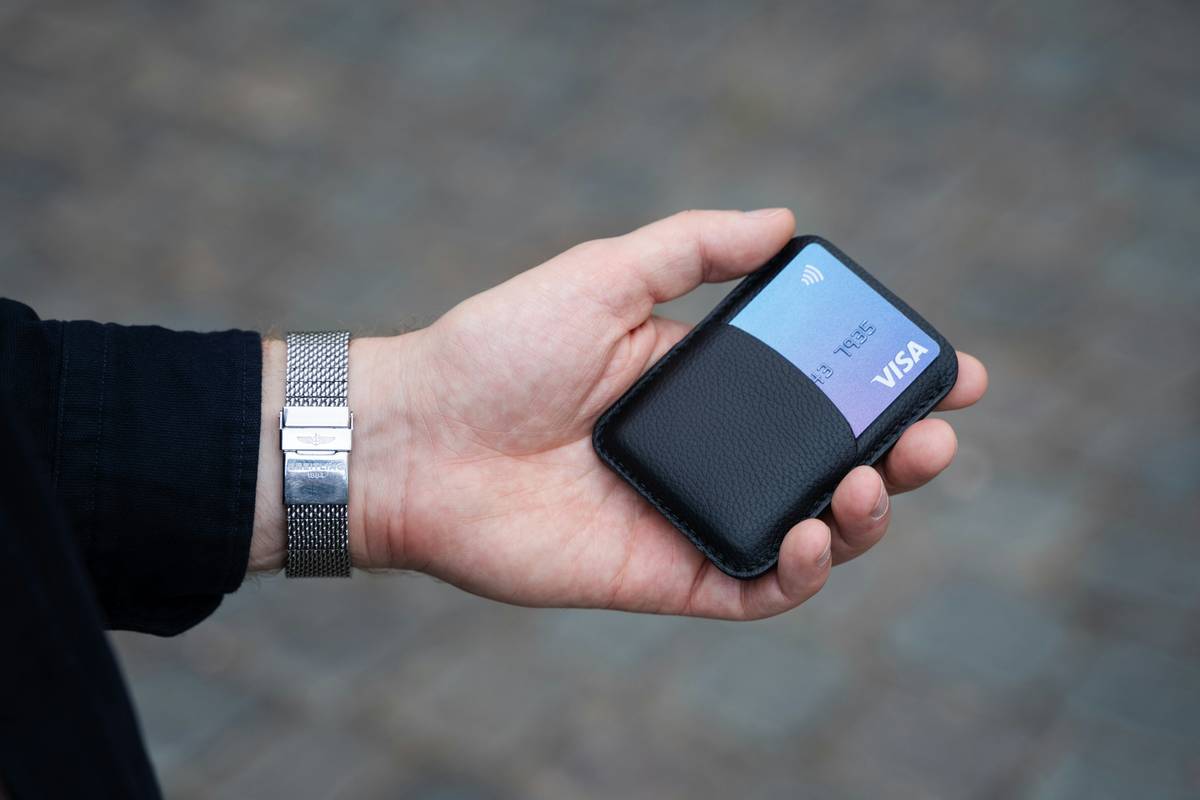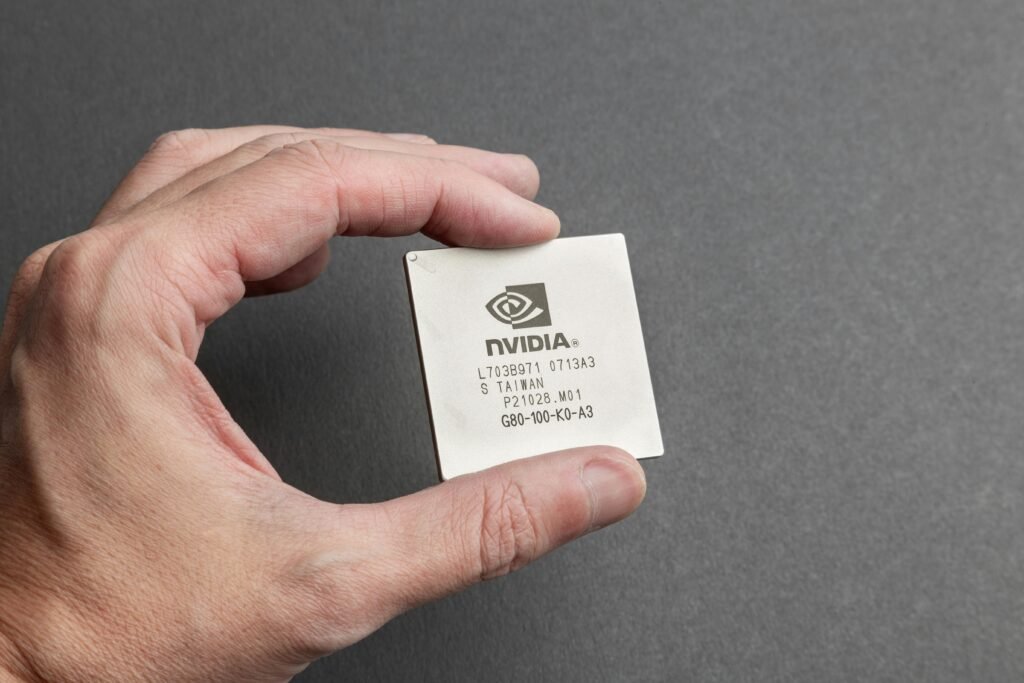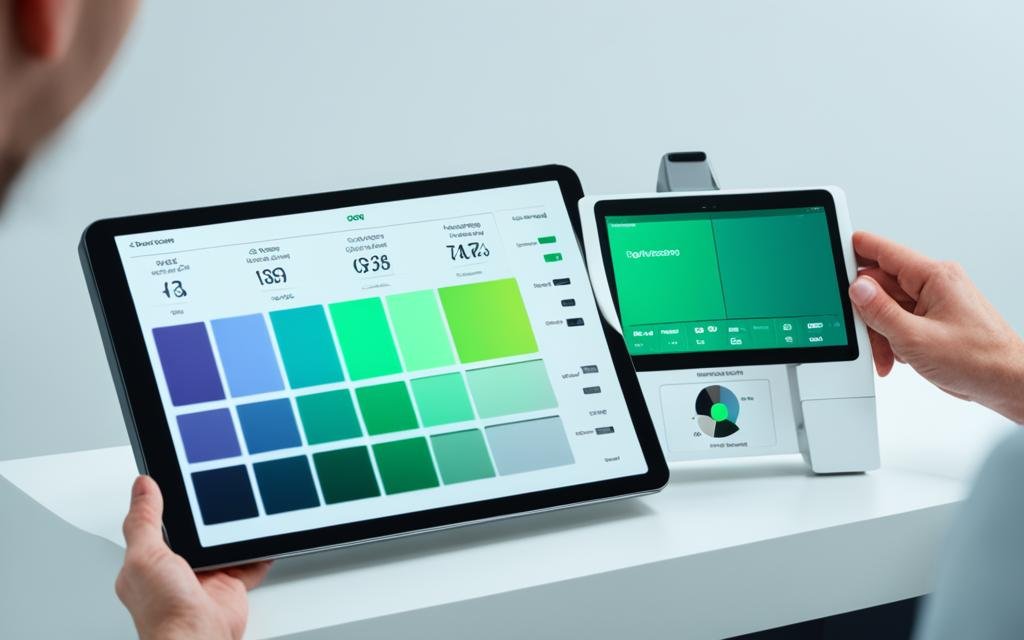“Ever tapped furiously on your gaming tablet during a heated match, only to have it lag behind you like an awkward third wheel? Yeah, that’s the touch sampling rate sabotaging your game.”
Gaming tablets are fantastic gadgets—until they fail at what matters most: responsiveness. One critical factor that separates “good enough” from “pro-level” tablets is their touch sampling rate. But what exactly does that mean, and why should you care? In this article, we’ll break down its importance, how to evaluate it when buying a tablet, and tips to maximize performance without emptying your wallet.
In today’s guide:
Table of Contents
- What Is Touch Sampling Rate?
- How To Choose A Gaming Tablet With The Right Sampling Rate
- Best Practices For Gamers Who Want Peak Performance
- Case Study: When Poor Sampling Rate Costs Victory
- Frequently Asked Questions About Touch Sampling Rates
Key Takeaways
- The higher the touch sampling rate, the more responsive your gaming tablet feels.
- Aim for tablets with at least 120Hz or above if gaming competitively.
- Lower-end devices might skimp on quality here—but there are ways to adapt!
What Is Touch Sampling Rate? (Or Why Does It Feel Like My Screen Hates Me?)
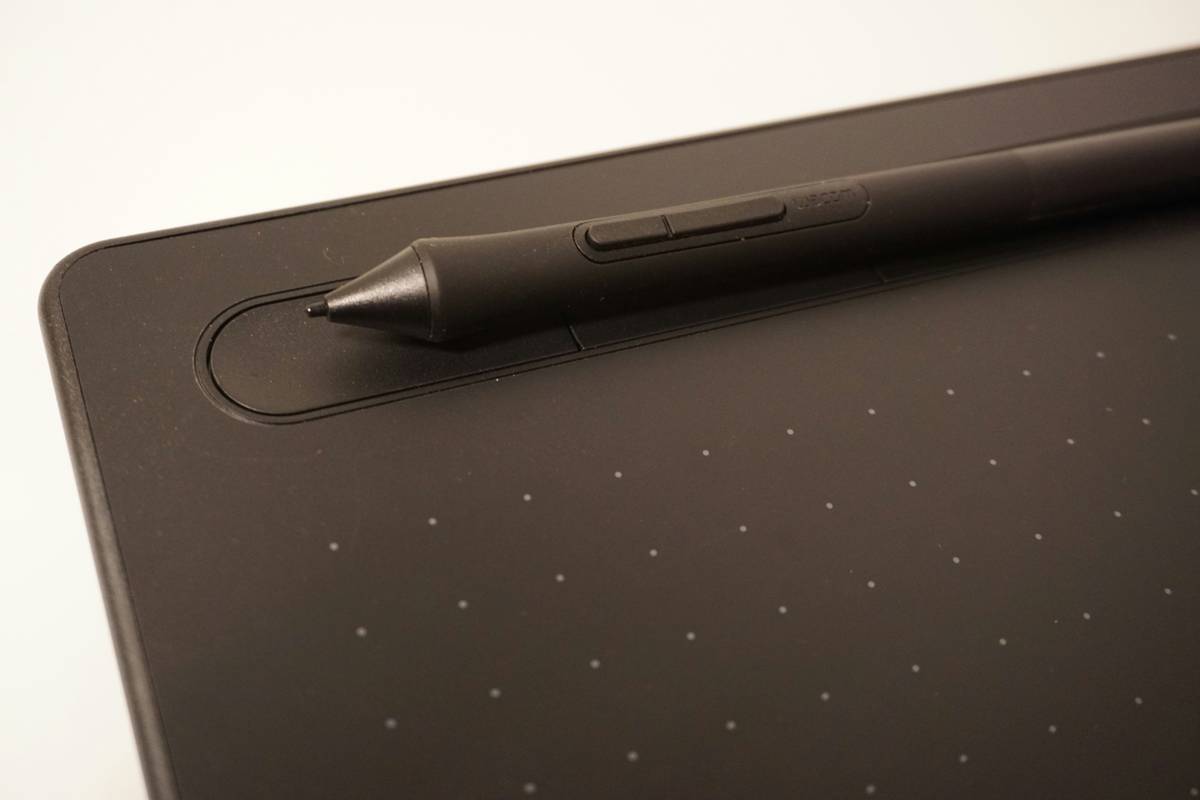
This one time, I bought a budget gaming tablet because I thought, “Hey, all screens work the same, right?” Boy, was I wrong. Turns out, touch sampling rate refers to how often the screen checks for input per second, measured in Hertz (Hz). For a smooth experience, especially while gaming, you want as many checks as possible.
Here’s where things get spicy:
- 60Hz: Bare minimum. Feels sluggish under pressure.
- 120Hz or higher: Gold standard for gamers. Crisp. Responsive. Chef’s kiss.
Optimist You: “Okay, so just go for 120Hz and call it a day!”
Grumpy You: “Ugh, but not every tablet advertises this clearly. Do your homework!”
How To Choose A Gaming Tablet With The Right Sampling Rate
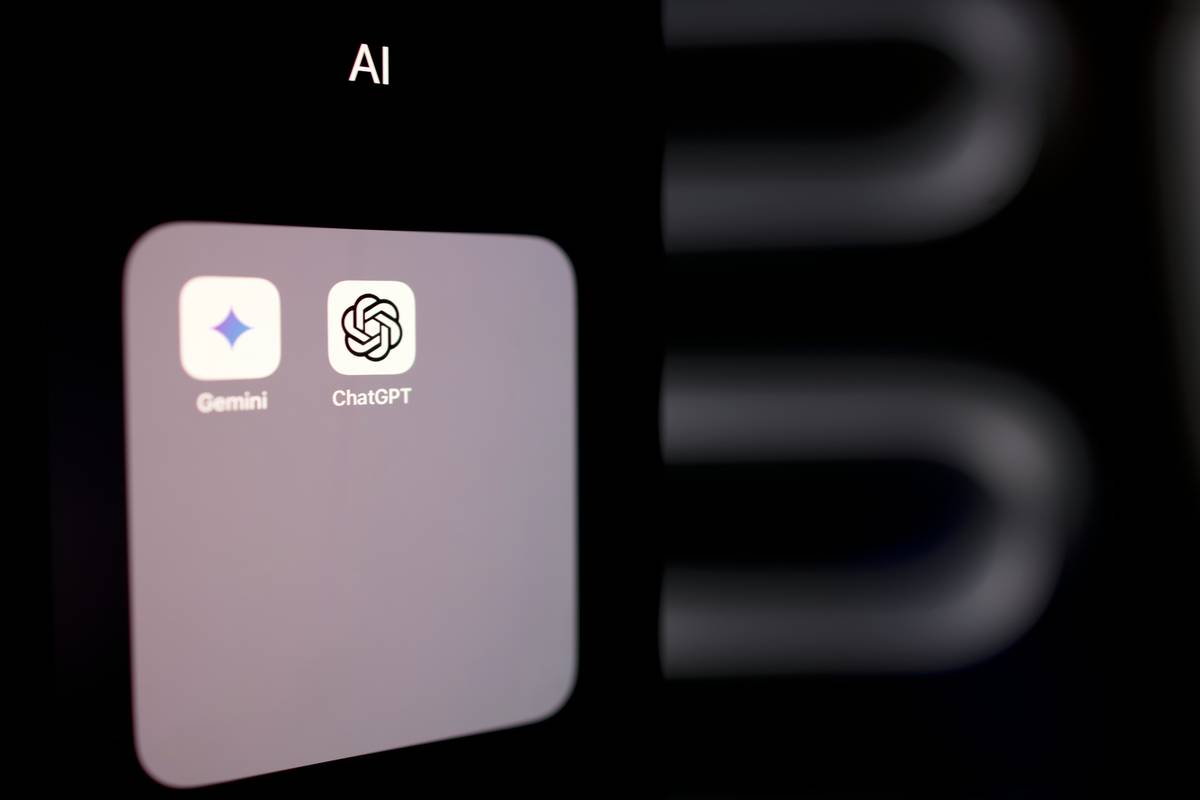
Picking the perfect tablet doesn’t have to feel overwhelming. Here’s my no-fail checklist:
- Research First: Look up reviews and spec sheets online. Some manufacturers sneakily omit details about their sampling rate.
- Budget Accordingly: Lower-end models may boast great visuals but choke on responsiveness. Spend wisely.
- Play Before You Pay: Test drive tablets in-store. Even a shiny new model could let you down if its software isn’t optimized.
Pro Tip: If a product description says “high refresh rate” but ignores sampling rate, proceed with caution. Refresh rate deals with visuals; sampling rate impacts interaction speed.
Best Practices For Gamers Who Want Peak Performance
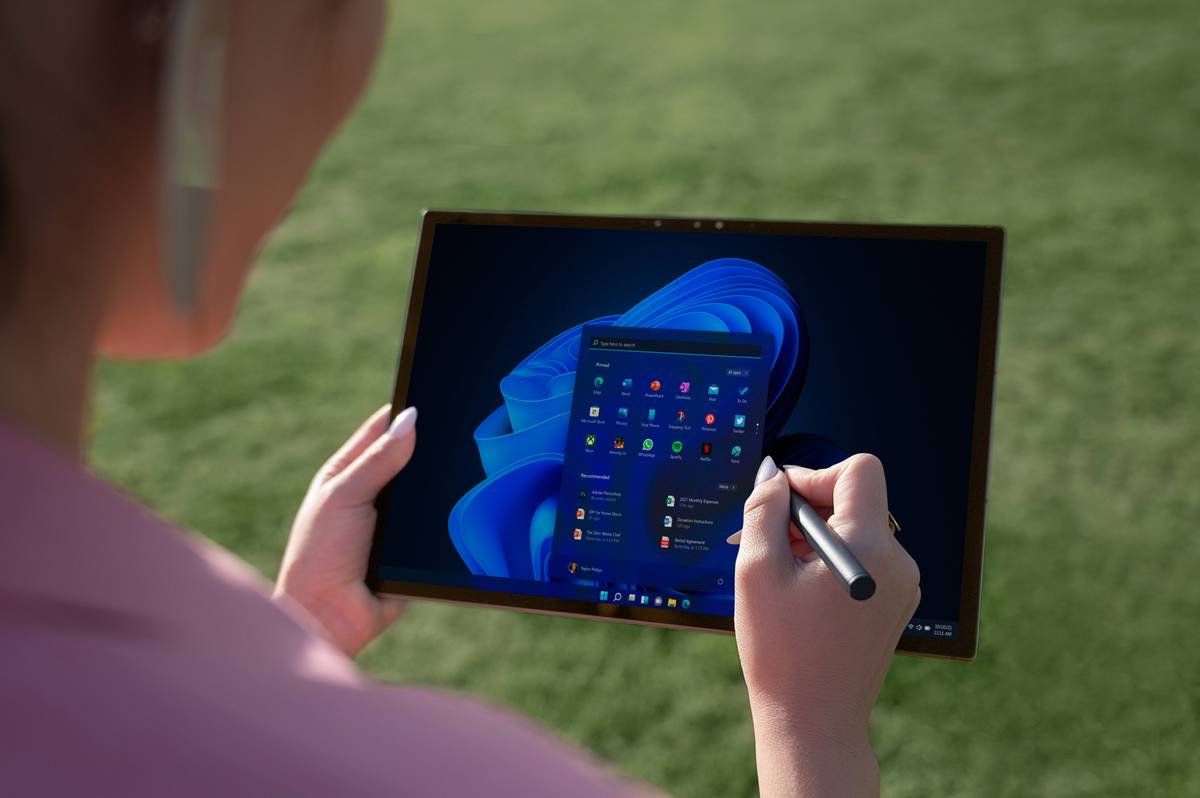
Let’s say you’ve already chosen a tablet with solid specs—or perhaps you’re stuck using something less than ideal. Don’t worry; these tricks will help you squeeze every ounce of potential out of your device.
- Disable Unnecessary Apps: Background apps hog resources, slowing everything else down—including your precious touch responsiveness.
- Use Lightweight Controllers: Pairing Bluetooth controllers reduces strain on touchscreen interactions.
- Keep Software Updated: Manufacturers often release patches to improve performance over time. Install them!
Rant Corner: Seriously, why do some companies still refuse to disclose key metrics like sampling rate? It’s infuriating! Niche swearing aside, transparency helps everyone make better decisions.
Case Study: When Poor Sampling Rate Costs Victory
Back when Fortnite Mobile launched, I decided to try playing on a budget-friendly tablet—you know, the type retail clerks call “perfect for beginners.” Big mistake. Halfway through a solo match, my taps registered milliseconds late. An enemy got the jump on me, and boom—I died instantly. Frustrated, I switched to a friend’s high-performance tablet—and guess who scored a Victory Royale next round?
Moral: Investing in a superior touch sampling rate can be the difference between owning and being owned. Sounds simple, but trust me—it changes lives.
Frequently Asked Questions About Touch Sampling Rates
What happens if my tablet has low touch sampling?
Your inputs become delayed, making games unresponsive and frustrating. Imagine yelling commands into a void—it’s kinda like that.
Can I upgrade my touch sampling rate later?
Nope. This feature depends entirely on hardware limitations set by manufacturers. Sorry! Better luck next purchase.
Do stylus-based tablets prioritize touch sampling differently?
Somewhat. Styluses rely heavily on precision tracking, meaning those tablets usually offer higher sampling rates. However, general finger touches remain secondary unless explicitly stated.
Conclusion
When it comes to gaming tablets, touch sampling rate reigns supreme. Whether you’re dodging sniper bullets or launching combo moves, responsiveness defines success. Armed with knowledge about this vital metric, you’re ready to conquer digital battlefields.
To recap:
- Understand what touch sampling rate means and why it matters.
- Prioritize research before purchasing a tablet.
- Implement optimization techniques for smoother gameplay.
Like Pokémon Blue in 1998, your gaming tablet needs proper training—and understanding touch sampling rate is step #1.
